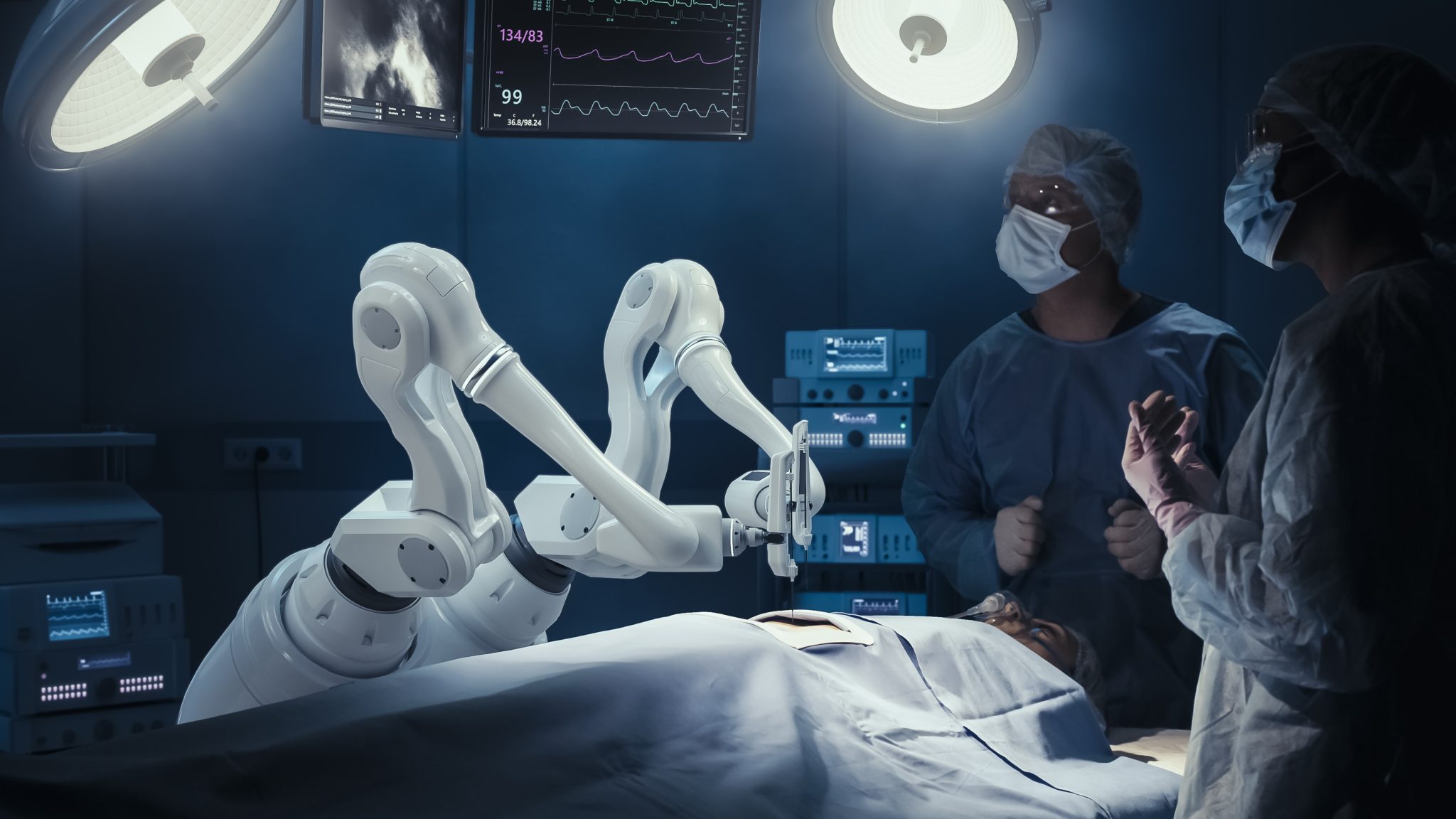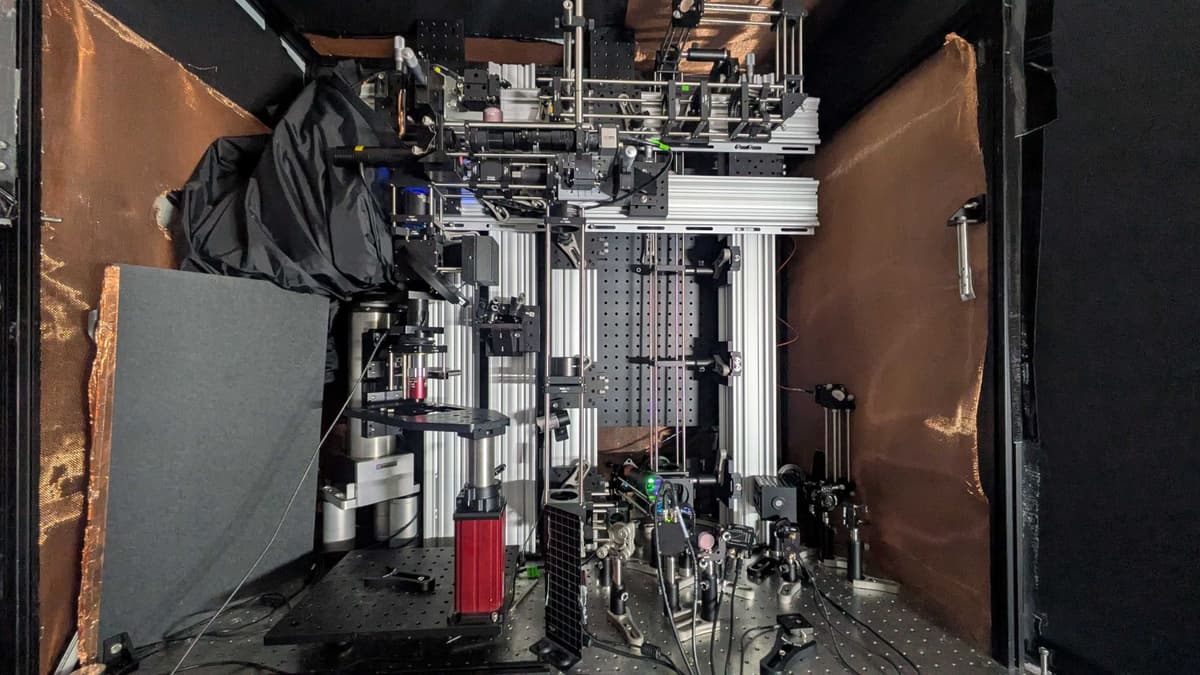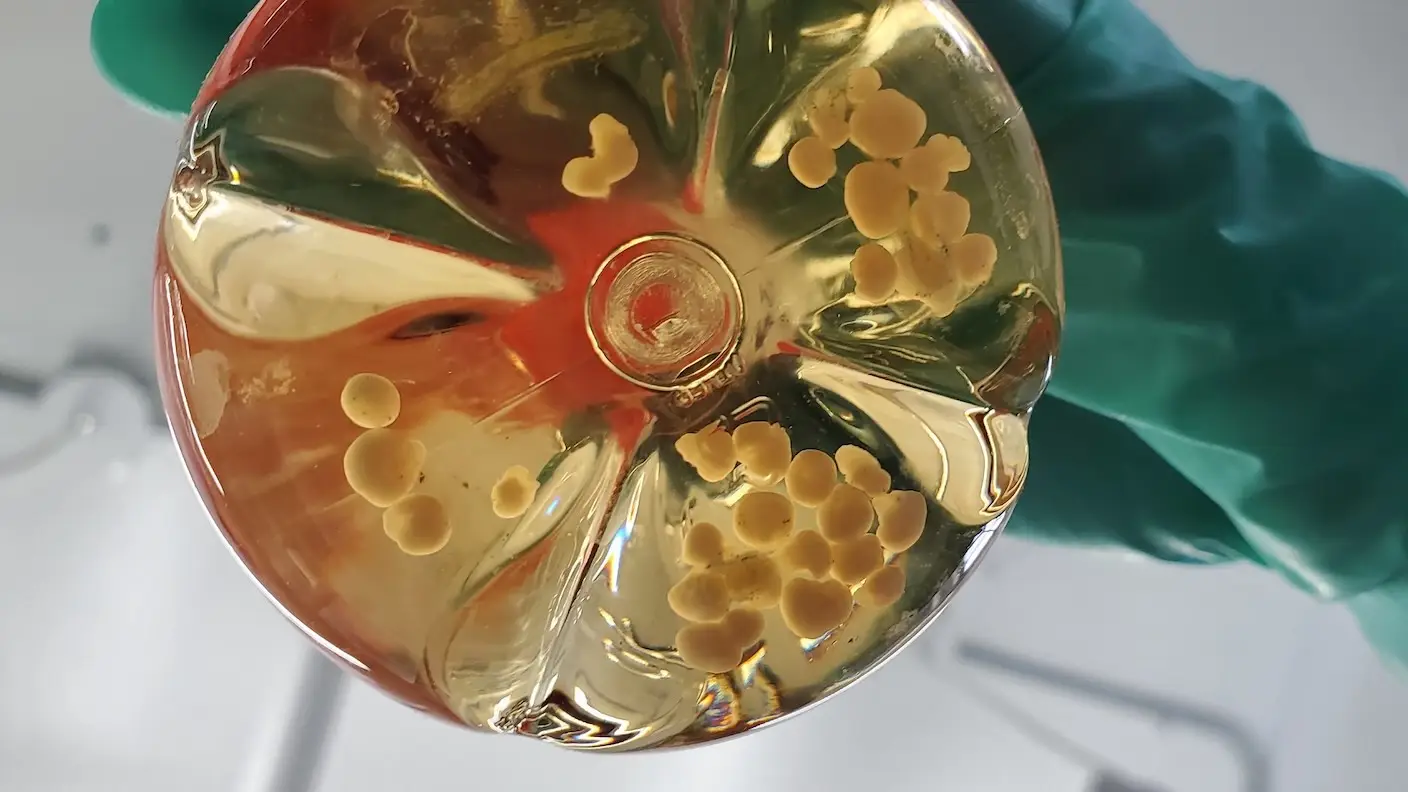What if your doctor could look five years into your future and tell you exactly which diseases your body is trending toward? Not vague risk factors or general warnings, but a precise, personalized forecast—your medical future, predicted with the same confidence as a weather report.
That’s no longer science fiction. Scientists across Europe have just unveiled Delphi-2M, an artificial intelligence model that can forecast the likelihood of over 1,000 diseases—sometimes years in advance.
Built on the same transformer architecture that powers today’s large language models, Delphi-2M doesn’t just process text. It processes the grammar of your medical life. Every blood test, MRI, prescription, and diagnosis forms part of a sentence that tells a larger story. And this AI is learning to read that story better than any physician ever could.
Continue reading… “The Coming Age of Predictive Medicine: AI That Sees Disease Before It Happens”












